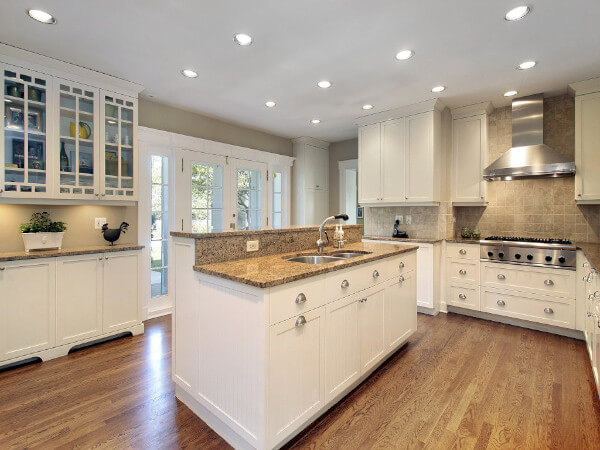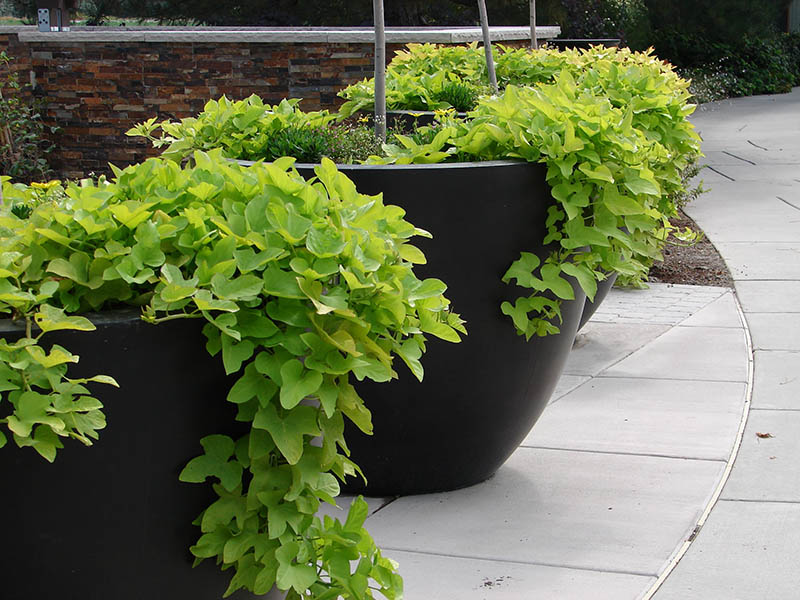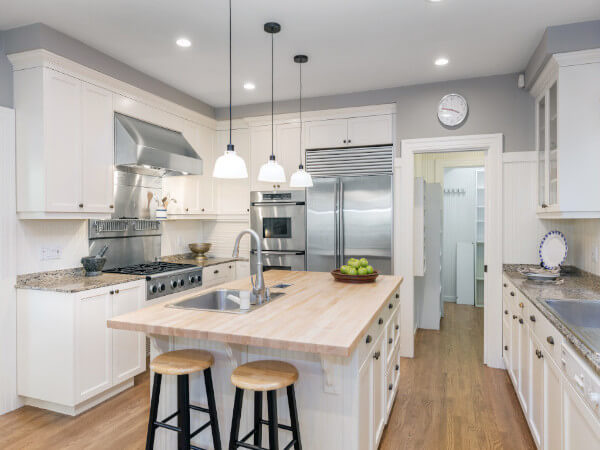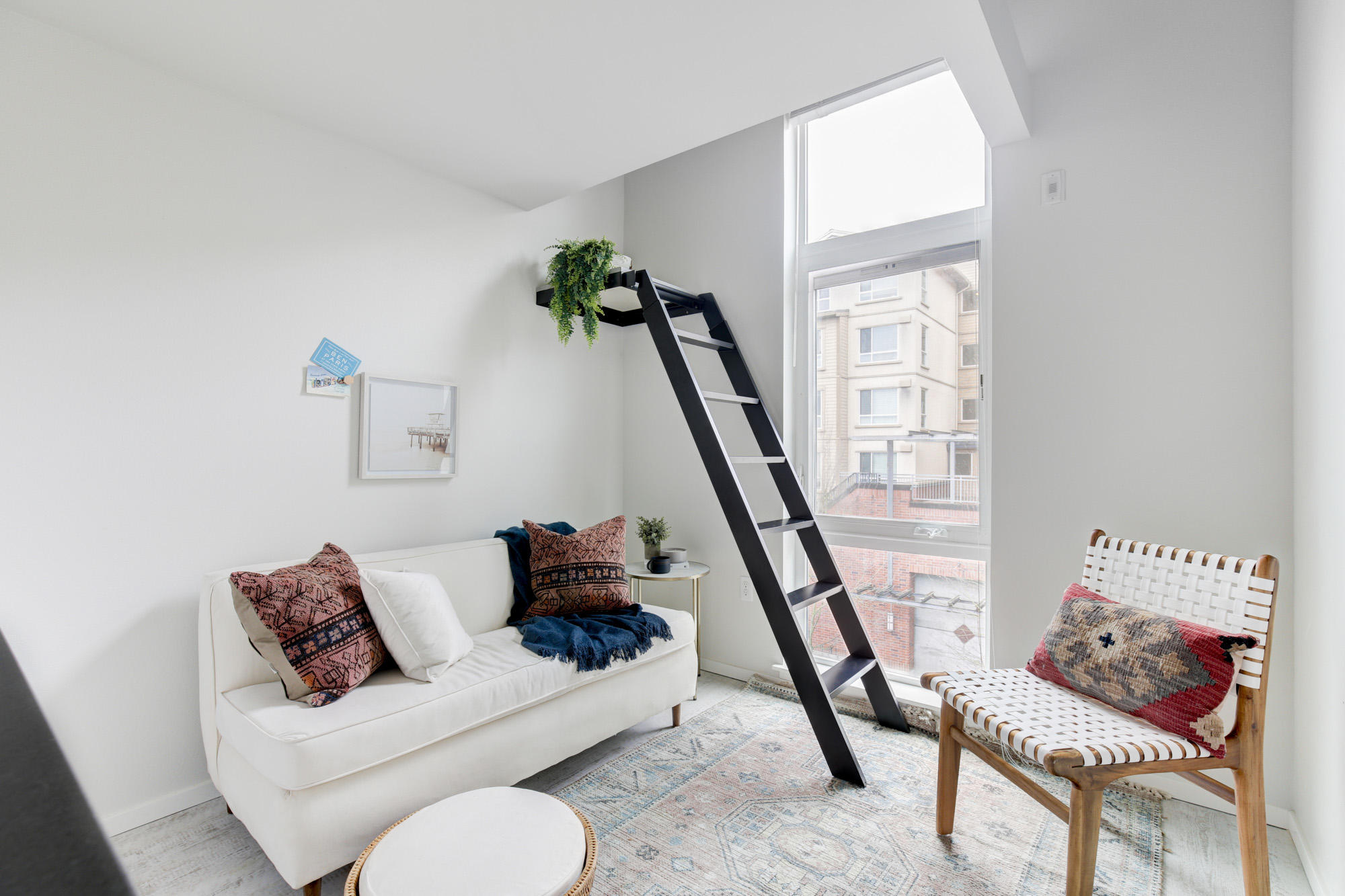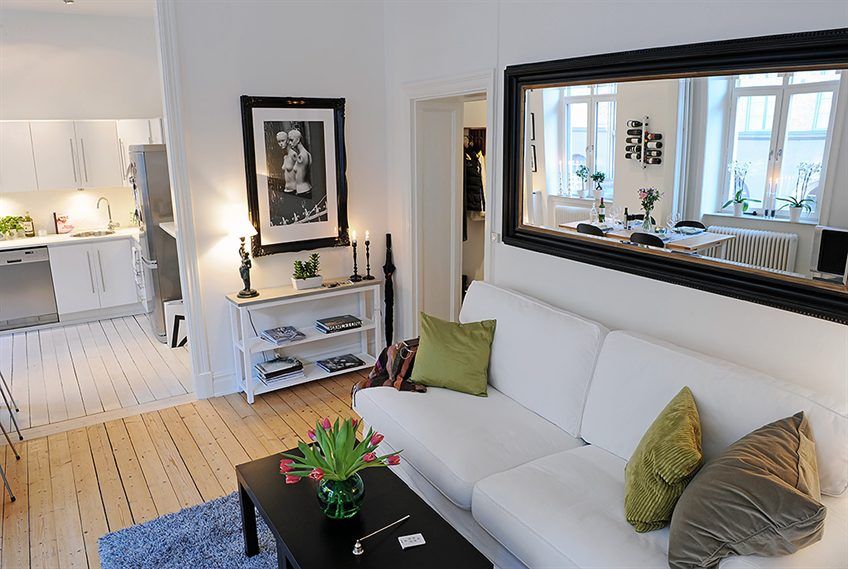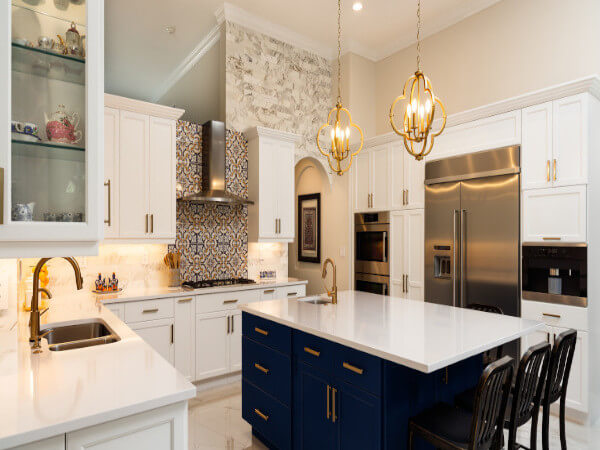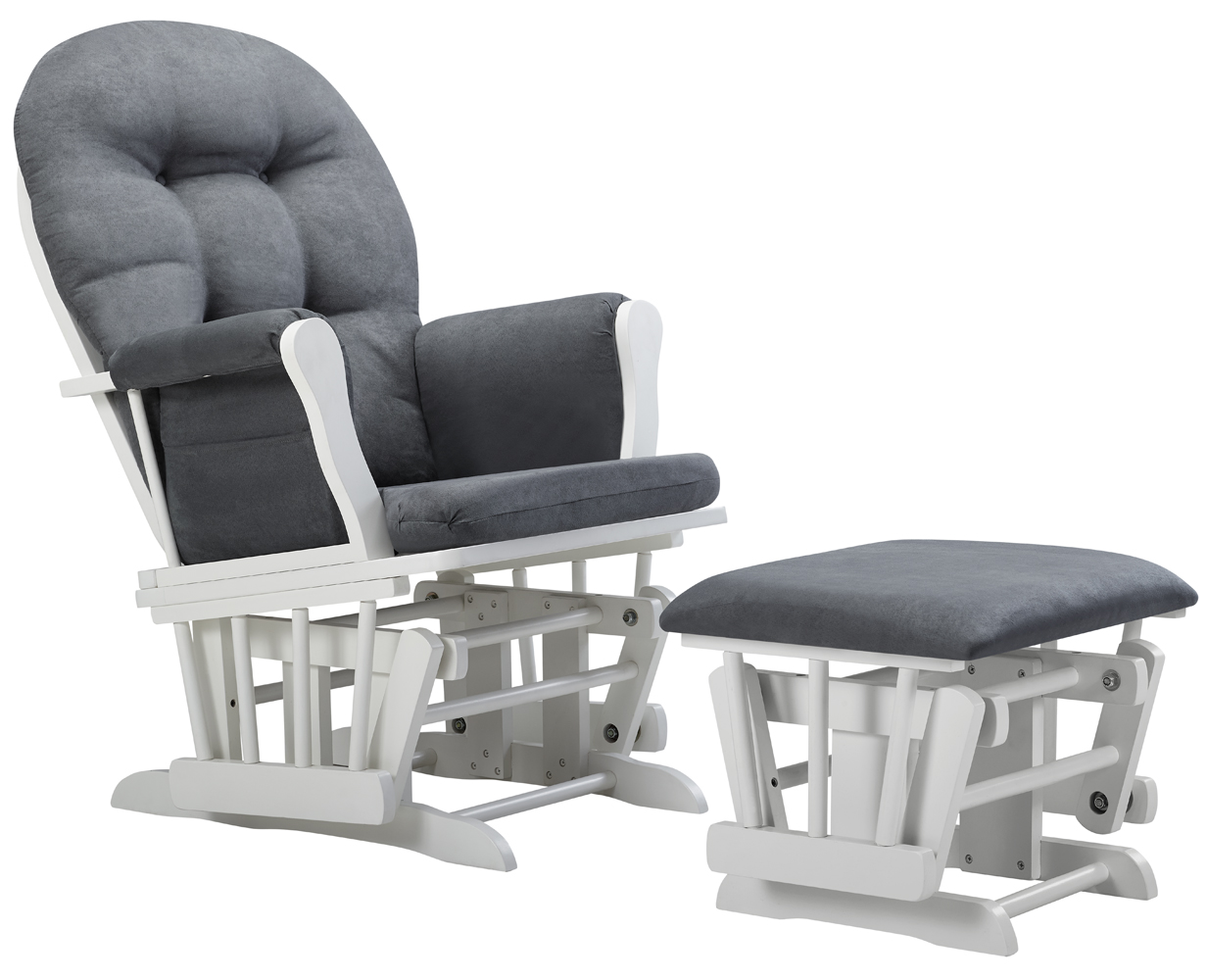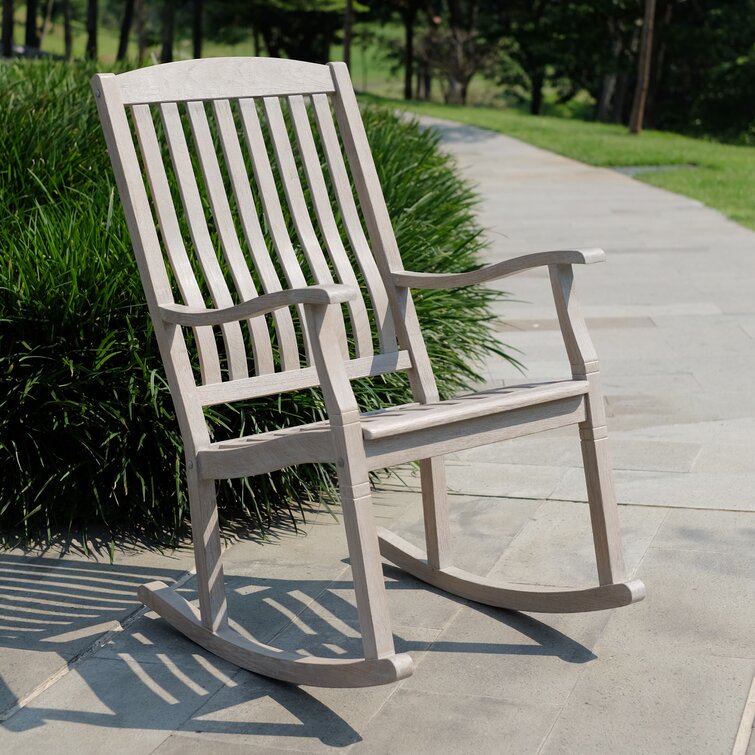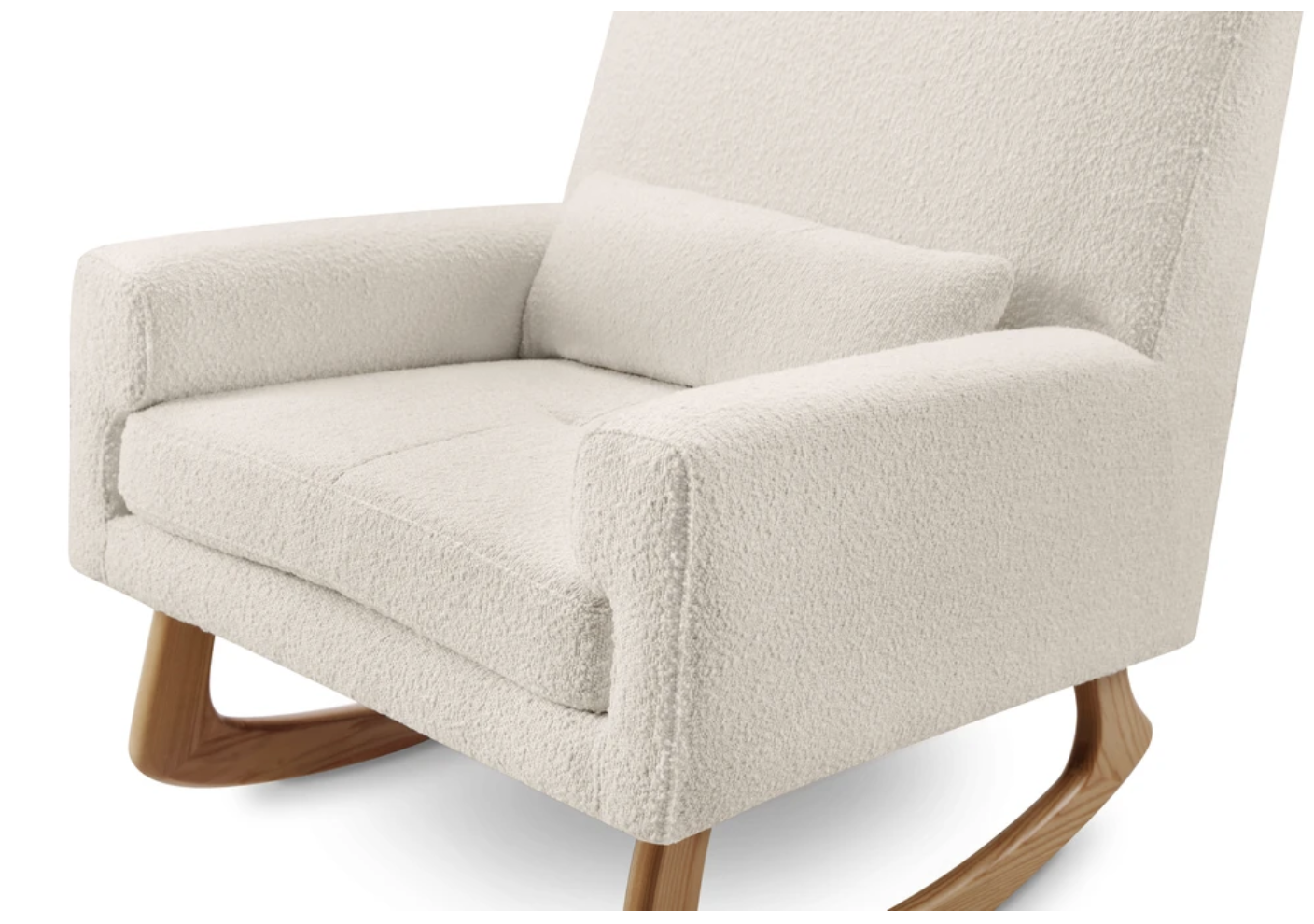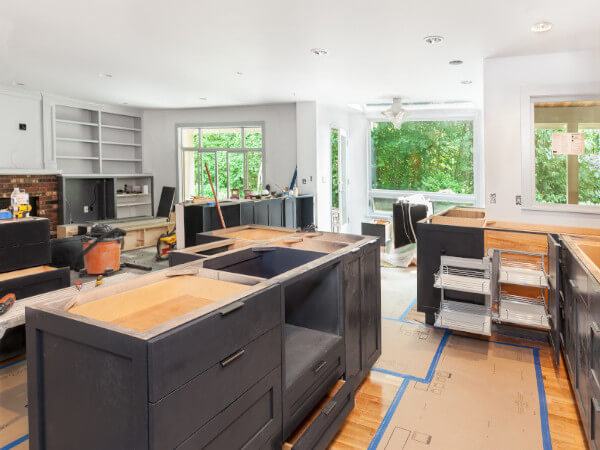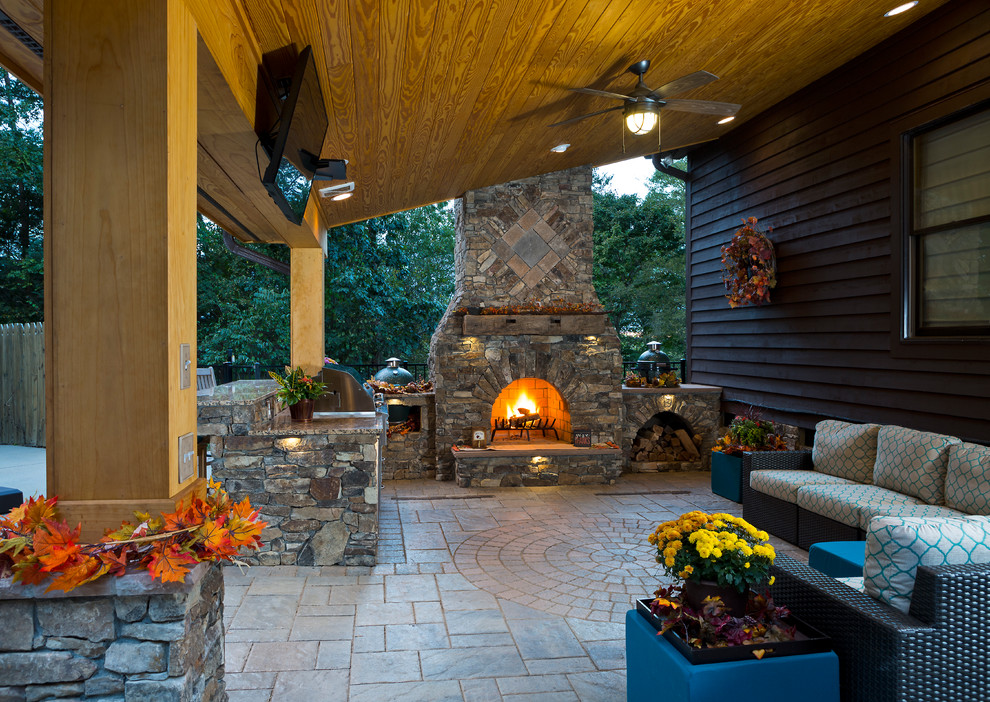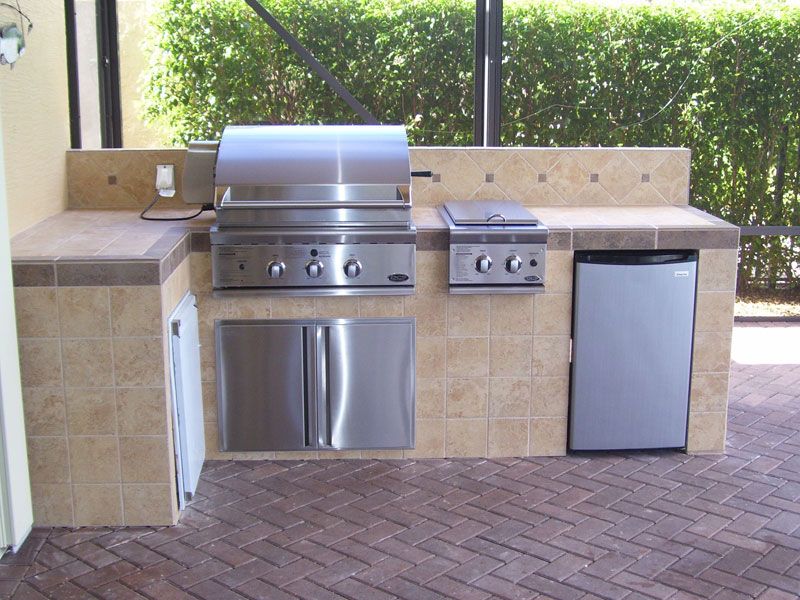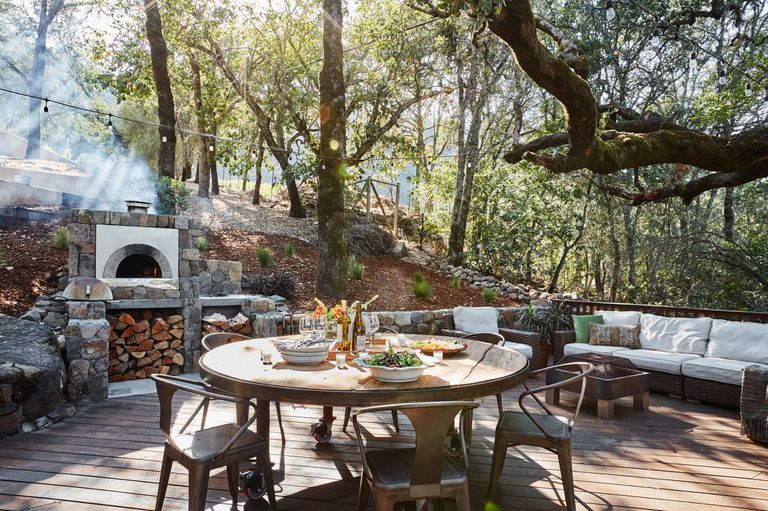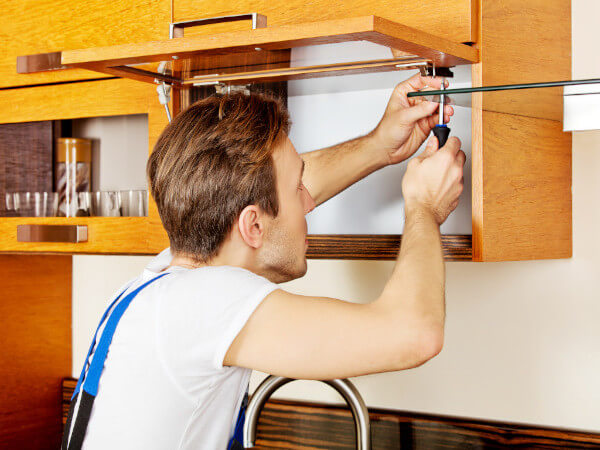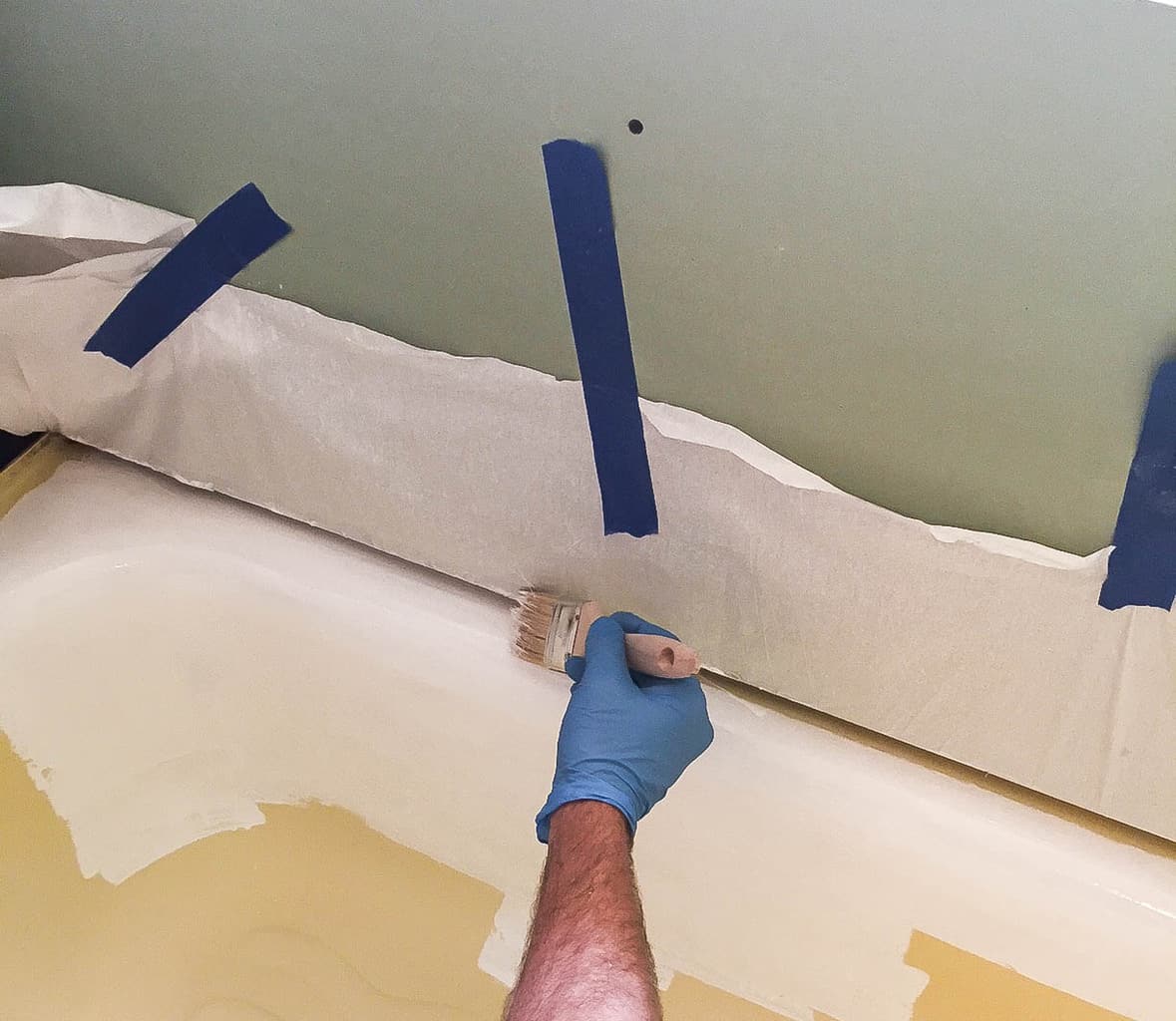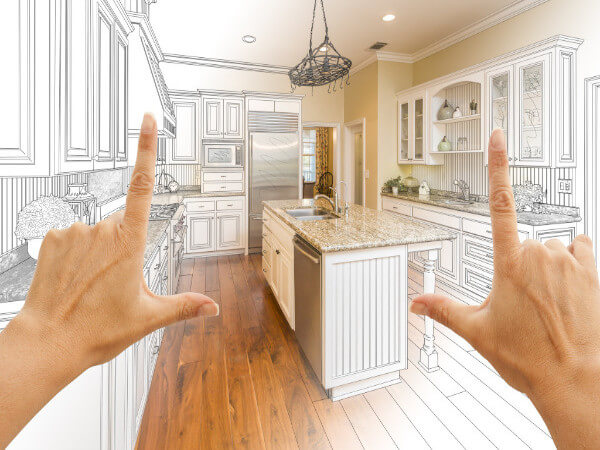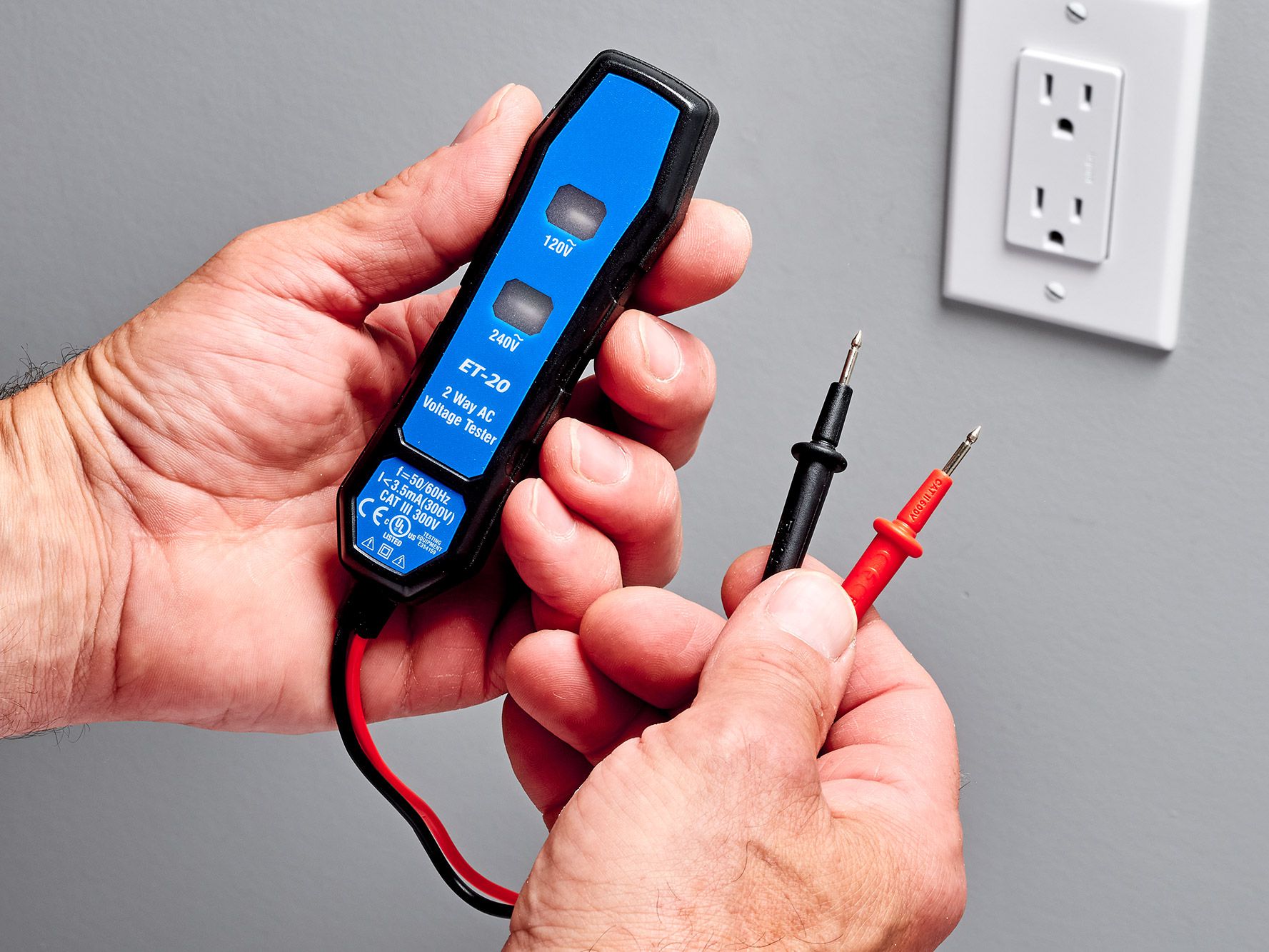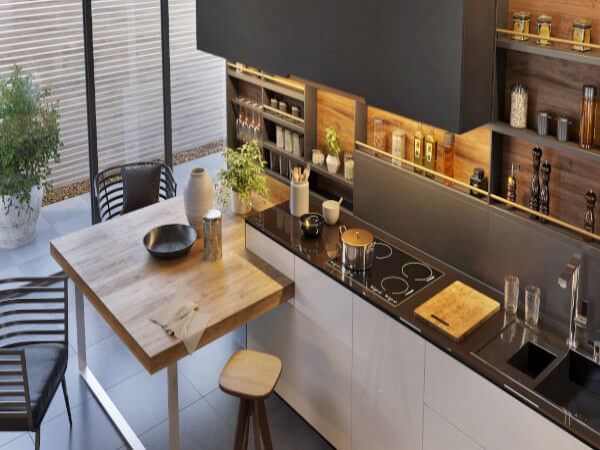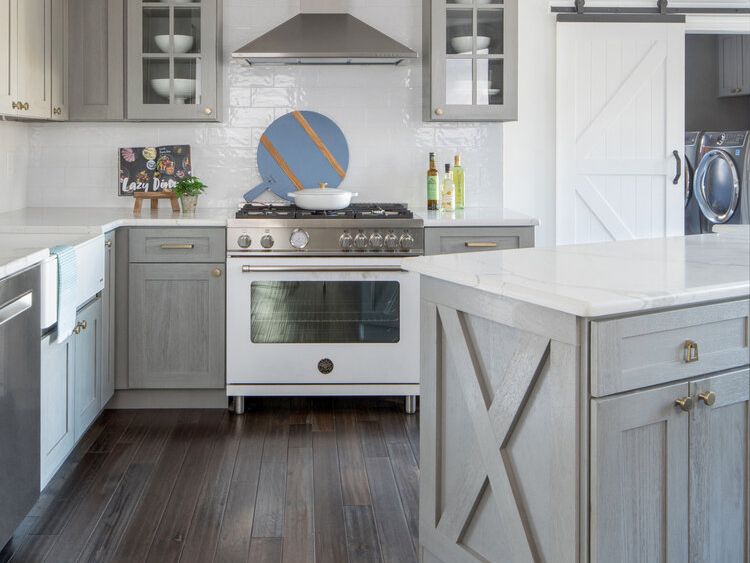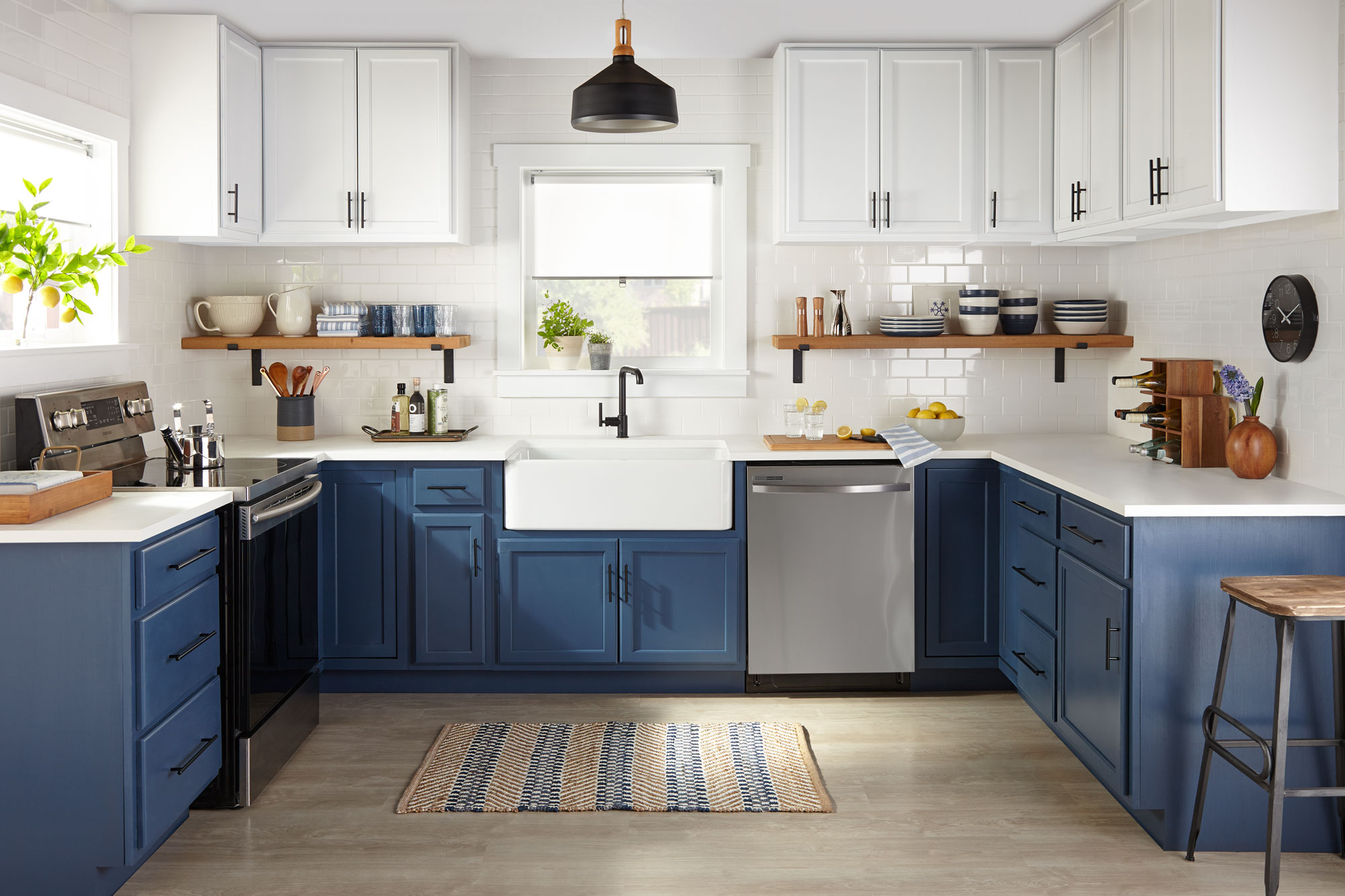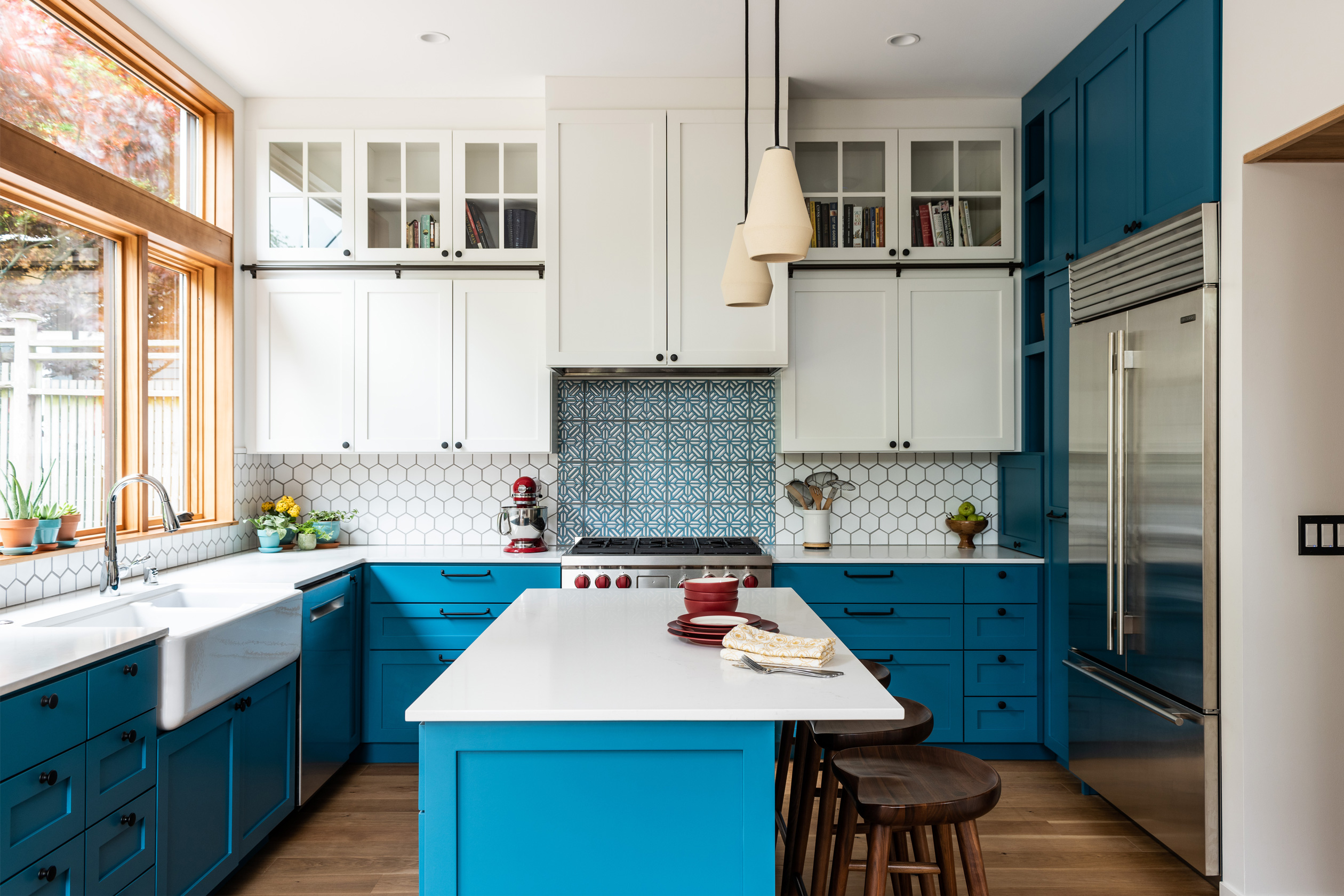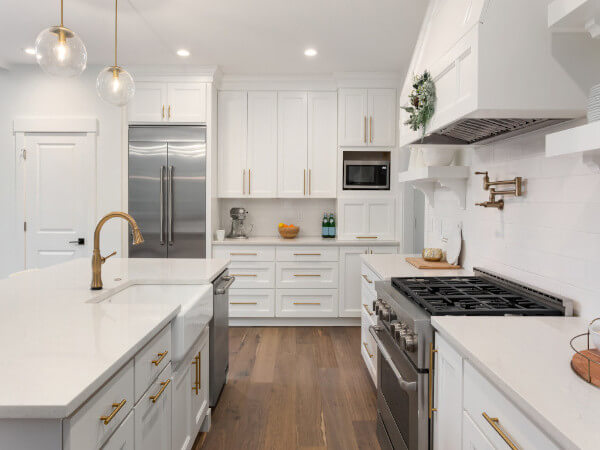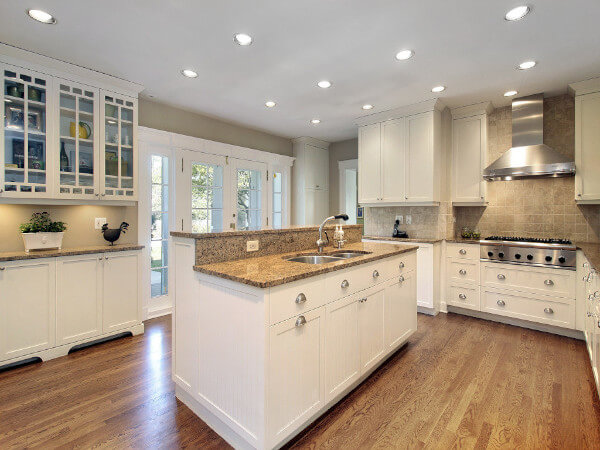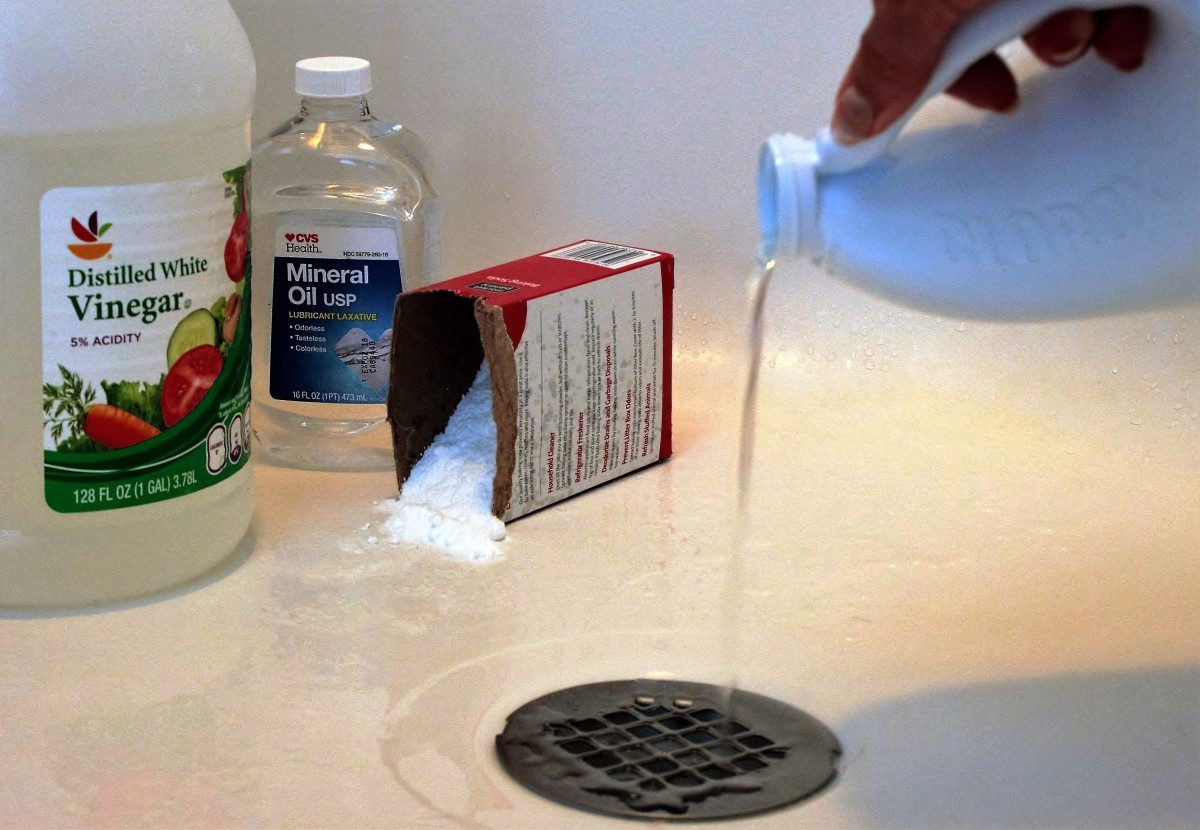When doing a drywall repair, it’s important to consider your drywall’s right size and thickness. Drywall comes in different sizes and thicknesses. Also, most manufacturers carry standard sizes, making it easier to get the right drywall.
However, many people consider buying thin drywall to save money on material costs, but that can lead to problems later when you’re trying to install cabinets or hang shelves. Thin cheap drywall won’t hold screws very well. Consider this: a stud is 1-1/2″ thick by itself, so if you want something thicker than that for strength in your wall, you’ll need even more material, which will significantly increase the cost of your project.
The best solution would be to use quality Drywall Sheets with enough thickness, so they don’t bend under pressure from nails or screws. This way, your home improvement project will be completed faster and easier while still being sturdy and durable enough for years of enjoyment.
The following is the listing of all drywall sizes, thicknesses, and weights for common types of drywall. Check it out, so you can determine the best solution for your next drywall repair project.
Drywall Sizes
Determining drywall sizes is an important thing that you need to consider before purchasing. You need to know what sizes are available so you can buy the right piece for your next home improvement project. Drywall comes in various sizes, and it is important to use the correct size when applying it to a surface.
When using drywall for your home improvement projects, you want to make sure that there isn’t an odd size of drywall leftover once the job is finished. If you have a small drywall repair project, there is nothing wrong with using the leftover pieces from a larger job to finish your home improvement projects. Here are different drywall sizes.
Four Feet by Eight Feet Drywall
This is the standard size of drywall. It measures four feet wide and eight feet long. It’s commonly used in many residential construction and remodeling projects because of its standard size. This standard size is suitable for DIY projects because you can easily carry and fit the drywall in your place. Consider using it when building your own house
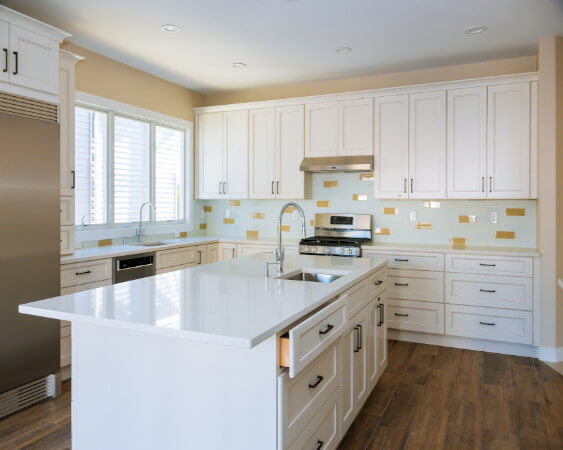
Image caption: https://hw.menardc.com/
It also allows for either vertical or horizontal installation. Four by eight panels come attached, making it easy for one person to carry.
Four Feet by Twelve Drywall
These are larger sheets that you can find in big box hardware and home improvement stores. It measures 4×12 feet and is used for big home renovation projects like basement finishing, garage finishing, and second-story additions.
In addition, they can create a smooth vertical surface to meet higher ceilings, hence creating a smooth surface that is completely streamlined.
However, the four-by twelve drywall panels are only available in either plain or joint compound finish. Plus, it is very heavy and has to be carried by several people at once because of its size.
Two Feet by Two Feet Drywall
This is not stock-size drywall. However, you can find cut-down pieces of drywall at most home centers, especially smaller local hardware stores. These smaller sheets are useful for building small repairs inside the home, such as patching a hole in a wall or ceiling or fitting a new electrical box.
It’s important to use big sheet sizes when determining how much drywall you’ll need for your project. When wall panels come in width and lengths instead of multiple four feet, then they’re not drywall. They’re cement board or drywall alternatives. They’re hard to work with, need more than one person, and are very heavy.
Drywall Thicknesses
It’s crucial to consider the existing drywall thickness because the thicker the drywall, the stronger it is. And this is very important, especially in horizontal applications such as ceilings.
1/4 Inch Thick Drywall
This is the most economical drywall option. It’s the thinnest drywall, so it’s lightweight and easy to handle. You can install it yourself, but stronger tools are required because the weight of the drywall is too light. The best way to solve a drywall repair problem is by laminating a 1/4 drywall over damaged areas.
3/8 Inch Thick Drywall
This is the most popular type of drywall in homes today. It’s easy to install, lightweight, and strong enough to handle many different wall repairs. This is the best option if you’re looking for a solution that will last for many years. It’s used because of its standard thickness.
1/2 Inch Thick Drywall
This is the most durable option, so it’s the best choice if you plan to cover a wall with heavy furniture or you plan to install picture molding on your drywall. This drywall is also strong enough to handle larger repairs, and it’s more difficult for kids and pets to damage. They’re the standard thickness for interior walls and ceilings. It also comes in regular, moisture-resistant, and fire-resistant varieties.
5/8 Inch Thick Drywall
This is the most popular standard drywall thickness for ceilings from most manufacturers. So, it’s perfect if you plan to do concrete ceiling repairs. It’s also ideal for an entire home remodeling project because it is very difficult to damage, and it’s the lightest option available.
It’s made in a fire-resistant form thanks to its extra fiber that help to resist fire. It’s mostly used in commercial buildings and not residential homes. It’s also called firewall drywall, and its thickness also makes it ideal for soundproofing in noisy buildings.
To summarize, thicker drywall has better insulation properties, fire-resistant value, water-resistant values, and soundproofing benefits, and last but not least, they are better in aesthetic terms. Water-resistant is ideal for kitchens, utility rooms, basements, laundry rooms, and other rooms that can be affected by water damage. So, when determining existing drywall thickness, make sure you consider these properties.
Types of Drywall
Drywall also comes in different types, and each type has a different purpose. Here are the different types of drywall available:
Regular Drywall
This is the most common type of drywall that you’ll use in your interior walls and ceilings. It’s very easy to cut as compared to other types of drywall.
Glass Mat Drywall
This type of drywall has a thicker core and is ideal for high moisture areas. It can withstand continuous exposure to water, making it a good choice if you’re looking for drywall that can resist humidity or if your home is near lakes or rivers.
With the prevalence of mold issues, this type of drywall is a variation of moisture-resistant and was developed to get rid of mold growth. It’s not made of paper; instead, it’s made of fiberglass, and mold cannot grow on it because it’s waterproof. Therefore, it’s ideal for installation in bathrooms, basements, and kitchens where mold often occurs.
Cement Board
A cement board isn’t considered drywall because it’s not made of gypsum. Instead, it’s made by combining cement, sand, and two layers of fiberglass mat. It’s the hardest of all types of drywall, and that’s why it’s mostly used in ceramic tile and marble in high moisture areas.
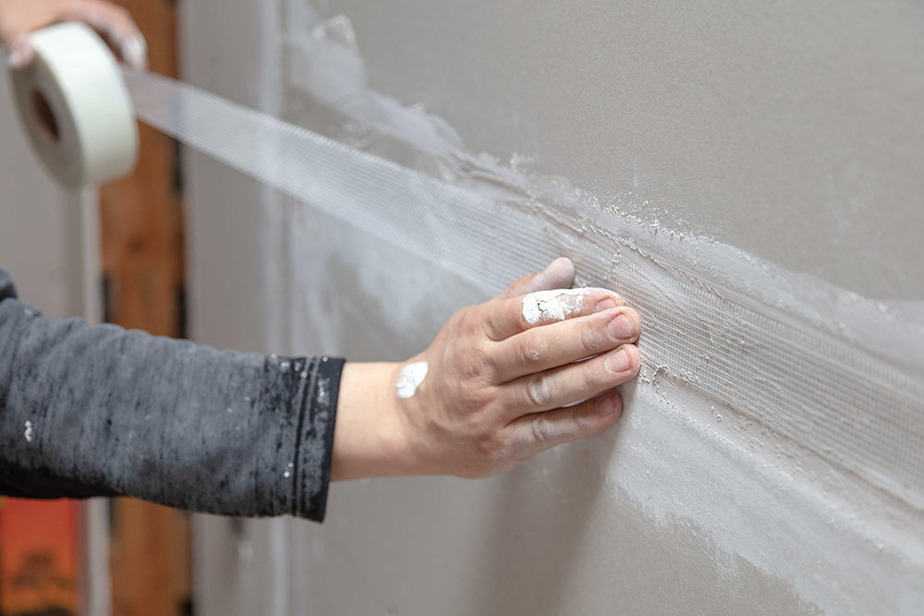
Image caption: https://peppershomeandgarden.com/
Moisture Resistant Drywall
It’s sometimes called a green board. It’s used in areas where there’s high humidity, like bathrooms. But since the green board is more expensive than standard drywall, it’s not used everywhere. The only downside is that it’s a bit pricey.
Fire Code Drywall
Firecode drywall is thicker than the half-inch material. This is because it has a heavier fibrous core, making it resistant to heat and providing fire protection. Cutting it requires special tools.
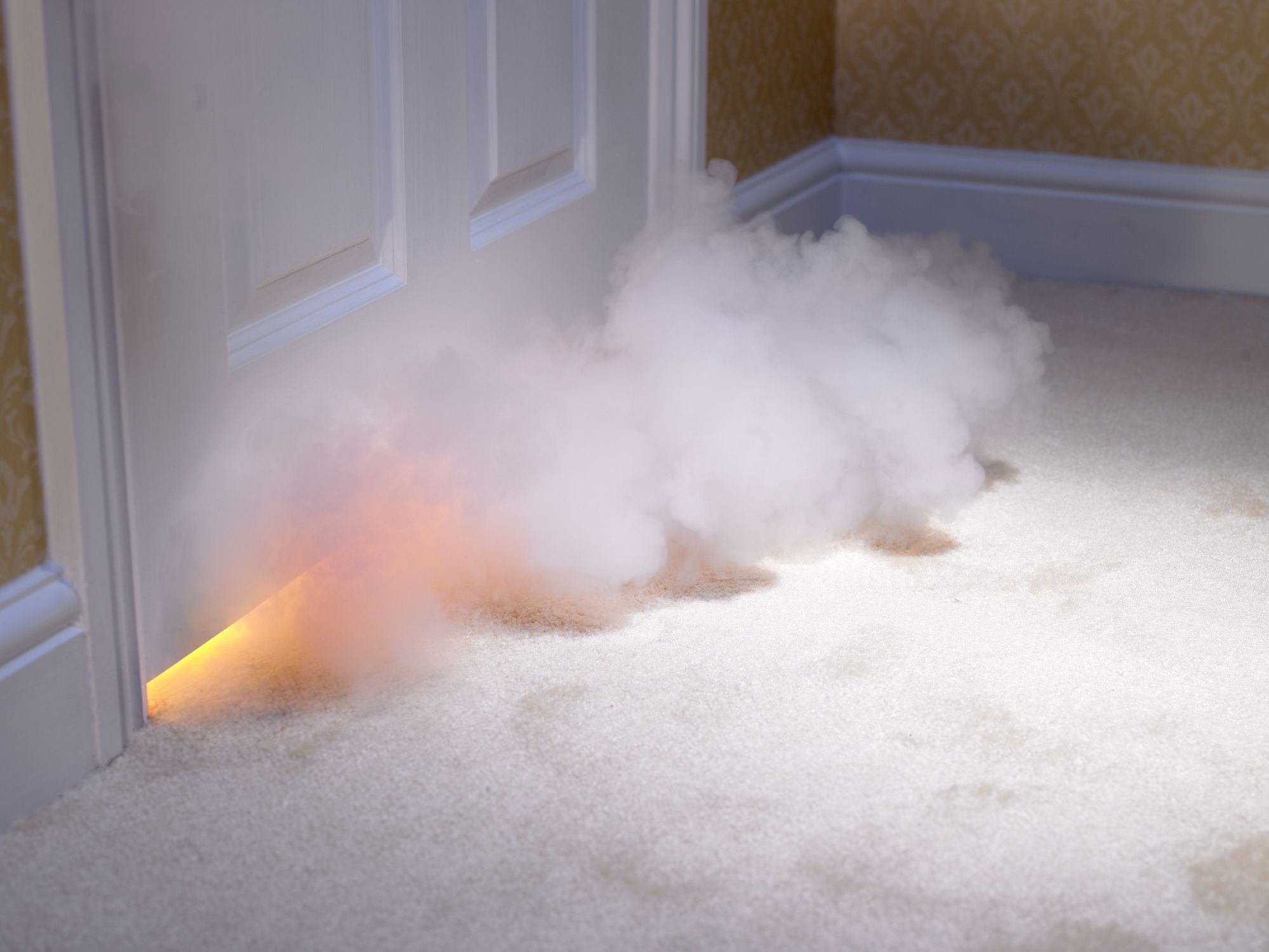
Image caption: https://www.thespruce.com/
FAQs on Standard Drywall Sizes and Thicknesses
How thick is modern drywall?
Most modern homes come with 1/2 thickness drywall sheets. This is suitable for wood and steel frames.
What is the best backer board for a shower?
The best backer board for a shower is a cement board because it is waterproof. It also works well on both floors and walls.
How thick is drywall installed on the exterior wall?
It’s best to use 5/8″ or thicker for exterior walls, as this works best with insulation and allows air to circulate the outside of the framing. However, it must be properly sheathed, so moisture doesn’t seep through from the outside.
Final Thought on Standard Drywall Sizes and Thicknesses
Now that you know different sizes, thicknesses, and types of drywall, you will get more informed on the drywall process. There are many jobs that require different types of drywall, so you should know the differences between them when people ask you.
The post Standard Drywall Sizes and Thicknesses appeared first on Kitchen Infinity.
Did you miss our previous article…
https://www.thelavkitchen.com/?p=143
